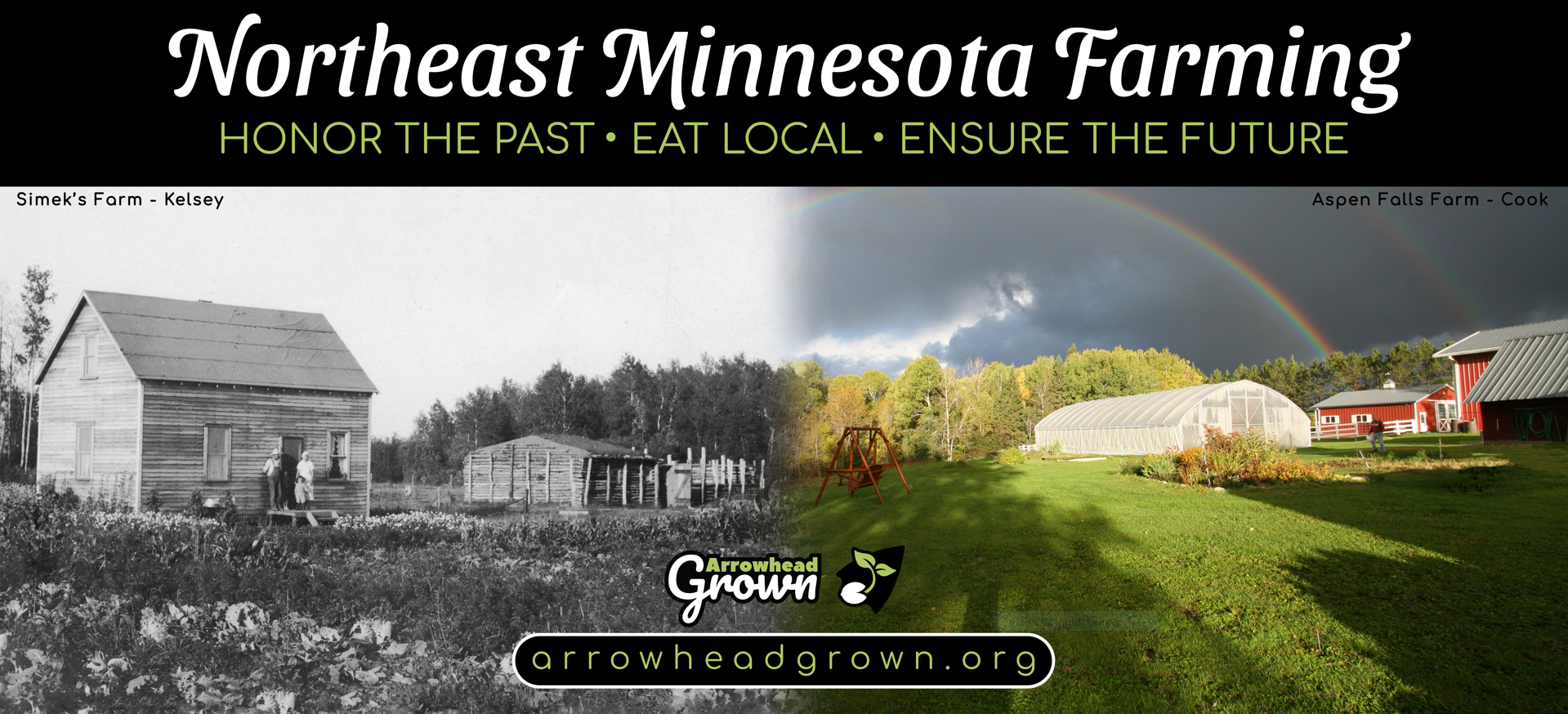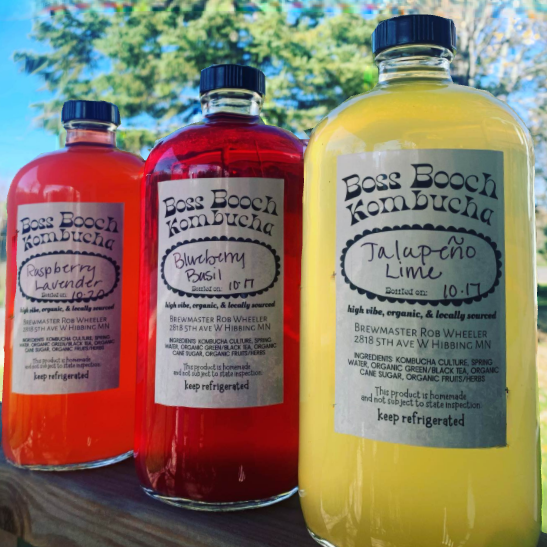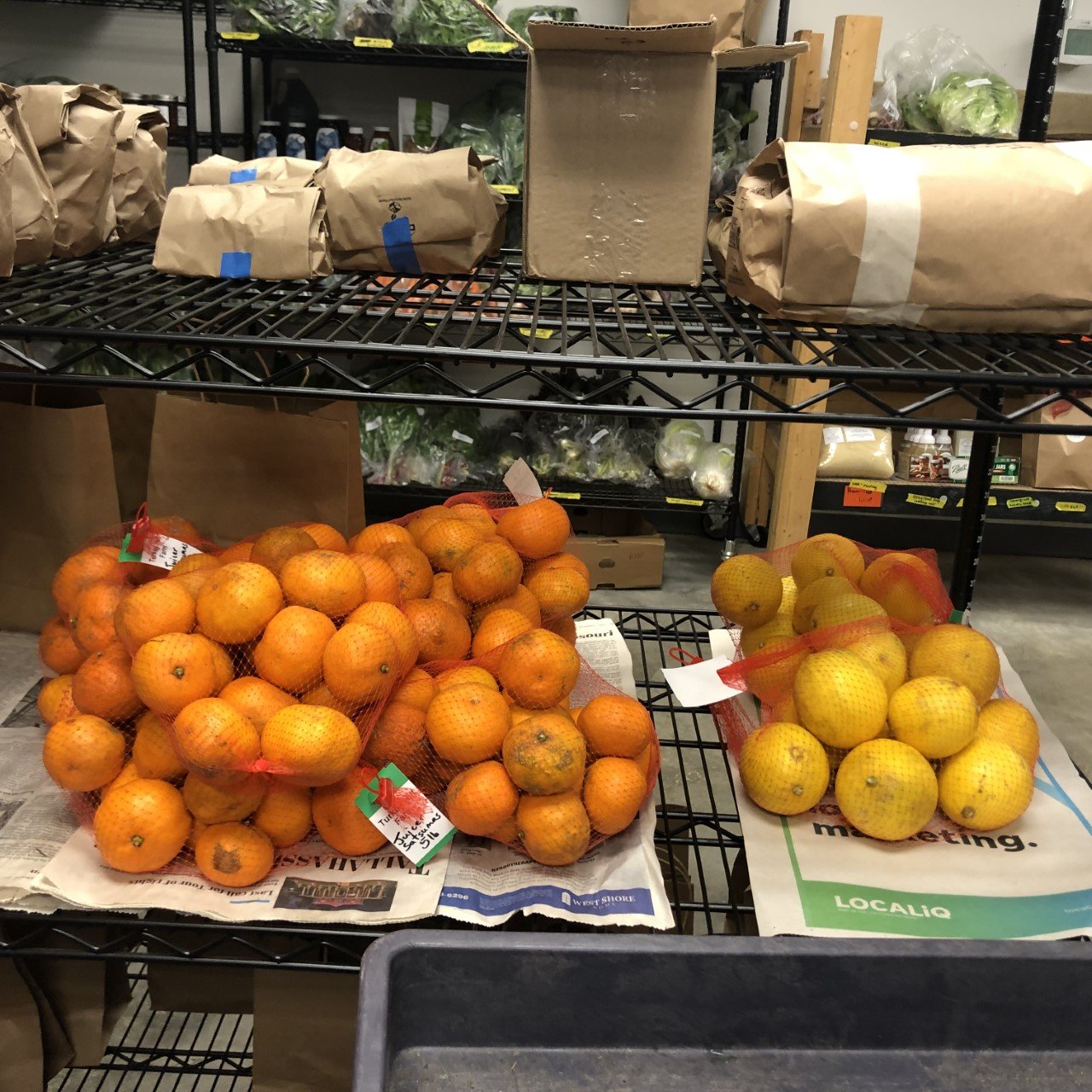Did you know that Natural Harvest Food Coop was born in the basement of Mesabi Unitarian Universalist Church?
In the early-to-mid-seventies, a health-conscious group of Iron Rangers met regularly in the basement of Mesabi UU church in Virginia to put together a bulk order for whole grains and natural peanut butter and other healthy stuff. They called in their order to Duluthian Arno Kahn who ran a wholesale collective called Common Health Warehouse that served co-ops. He would deliver the next week and the group would meet again to divide up the bulk delivery into individual orders. Some of the local folks involved in what was known as the East Range Food Buying Club were Susan Helland, Lennie and Tom Rukavina, Deb and Paul Monacelli, Dean Johnston, Ann and Butch Folman and Michelle Greene. They bulk purchased flour, oats, peanut butter, and other staples. Those I talked with for this story remember about twenty folks being involved.
Arno Kahn had a hand in starting a number of co-ops. He grew up in Chicago, but came to Atikokan, Ontario to canoe as a boy. He went to college in New York (and studied sociology, just like me) and organized several co-ops in New York including a co-op garage. In 1970 a friend invited him to a party in Harlem where he met Catholic Worker Association folks from Duluth. When he decided to move west from New York, he decided to stop in Duluth, and he never left. The basement of the house he rented housed a buying co-op and he was inspired to start Common Health Warehouse in 1974. He helped establish the Duluth Whole Food Coops and established Builder’s Commonwealth, a worker cooperative construction business still in operation today. When he was pressured by the MN Department of Labor & Industry to change from the co-op model (the state liked profit sharing but not loss sharing), he realized that he couldn’t win against the state bureaucracy and bought the business. But he has stayed involved with co-ops in the area. He remembers driving up to Mesabi UU to deliver orders and was glad to hear that Natural Harvest has grown and prospered.
In the mid-to-late seventies, the East Range Food Buying Club began to look for a location for a more permanent business. By 1979, the new Natural Harvest Food Coop had opened at 119 Chestnut Street with Michelle Greene (now Robillard) as manager. By 1991, the business had grown enough to require much larger space, and the log store on Bailey Lake was built. Two decades later, it had grown enough to require yet another, larger, building. This one is on fourth street north, on Silver Lake, and opened in 2017. Those early members like Lenny (now) Lampi and Susan Helland have membership numbers like 4 and 43. My number, joining in 1991, was 775. Those joining today have numbers beginning at 4880! But, like many innovative ideas, it started with a few progressive folks meeting in a church basement.
Today, Natural Harvest Food Co-op has $4 million in annual sales and has expanded far beyond selling “health foods.” The hot bar on weekdays provides nutritious lunch options for the community with an entrée and two delicious soups that change each day. The deli offers a full menu of foods to eat in the three dining areas or to go. The “Change Within Reach” round-up program generated over $21,000 in 2022 which was granted to twelve local nonprofit organizations. The Co-op also gives out a $2,000 microgrant to local farmers with proposals for an improvement to their operations. Fourteen local growers provide produce to the co-op in the spring through fall months, so the co-op supports local growers. Customers can see photos of the farmers and their farms in the posters mounted above the produce section.
The Co-op building has a beautiful community room with a view of Silver Lake where nonprofit groups can meet. The Co-op offers regular classes in this room, equipped with a kitchen, on everything from proper knife use in the kitchen to feeding your mitochondria. Folks who raise chickens in the area can stop by to pick up produce cuttings and spoiled produce for chicken feed. The co-op’s solar panels generate significant energy to offset the store’s energy use. And the Co-op donates about 18,000 pounds to the food pantry each year. Natural Harvest Food Co-op is an exemplary community-focused, community-owned business.
Over the past two years, the co-op has added pollinator areas to the outdoor dining patio and a solar awning to generate more energy. Summer days see many folks enjoying the outdoor dining overlooking Silver Lake. Membership costs a one-time fee of $100 but is not required to purchase at the store. The store also accepts SNAP benefits. And Wednesdays offer a senior citizen discount!
With a board of directors of nine and a staff of about thirty-six, manager Briana Sterle is busy fulfilling the mission. “At Natural Harvest Food Co-op, we are committed to a sustainable future through communication, cooperation, and education. We provide quality food, products, and services for the health and well-being of our families, our community, and our planet.”
This is a local business that is grown on the Range, still locally owned and managed, and supporting local growers as well as the rest of us who want to purchase healthy food. Bravo!


































































